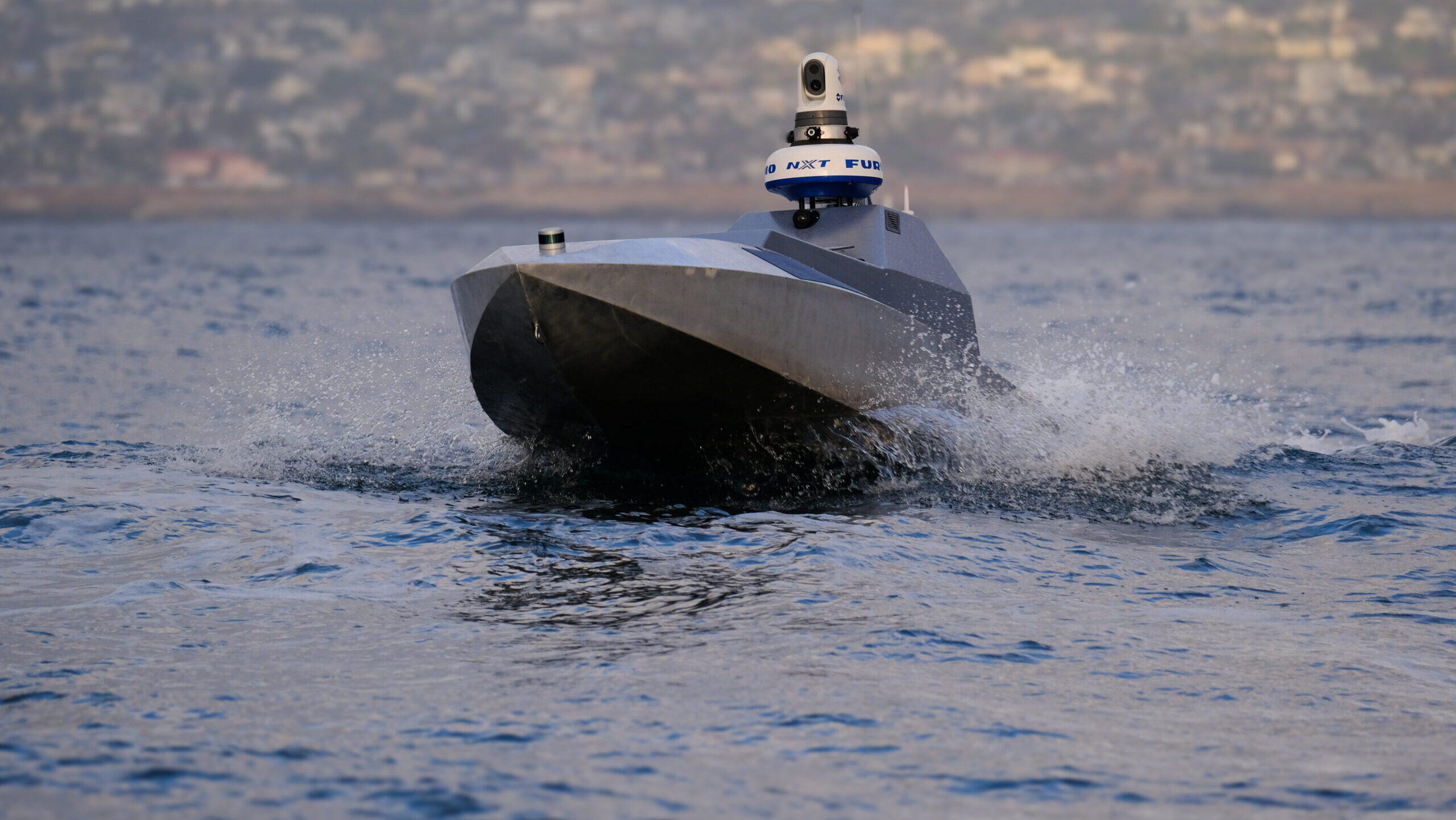Copyright Breaking Defense

WASHINGTON — California-based drone manufacturer Seasats today unveiled a new unmanned surface vessel, dubbed Quickfish, which it demonstrated for the Navy at a recent exercise, according to a company statement. The new USV is a “high-speed intercept vessel designed to provide positive video ID capabilities” of other maritime vessels on the open ocean. The vessel itself is 17 feet in length, can operate at sea state 6 and can travel faster than 35 knots. (Sea state is a measurement system used to describe the state of the ocean’s surface, with higher numbers representing increasingly inhospitable conditions.) “Building the Quickfish to provide an intercept capability was a natural extension of the Lightfish mission,” said Mike Flanigan, Seasats CEO, referring to the company’s other USV. “The biggest complaints we heard from interceptor USV users were a lack of reliability and endurance. Those are our two strongest areas at Seasats, so we’re keen to build on that reputation with the Quickfish.” RELATED: USV Maker Seasats Says Drone Came Within Meters Of Chinese Warship During Pacific Transit The company said an unnamed “U.S. defense prime” has already purchased a Quickfish and that “international partners” in Australia, the Philippines and Japan “have signed agreements” for local manufacturing and distribution. Breaking Defense earlier this year reported on the influx of new unmanned surface vessels coming into the market, a pattern brought on at least in part by the Navy’s enthusiasm for the technology. At that time, Flanigan told Breaking Defense in an interview that the market may in fact be oversaturated — more vendors and products available than the US Navy’s budget can support — but argued the competition was a natural part of any emerging technology. “People aren’t wrong that there’s a huge need, and that there’s a large market here,” he said. “If I was the US government … I wouldn’t say there’s an oversaturation. I’d [say] bring in 10 more because it’s unclear who’s actually going to pull it off. … It’s quite hard and there’s going to be a lot of failure.”



